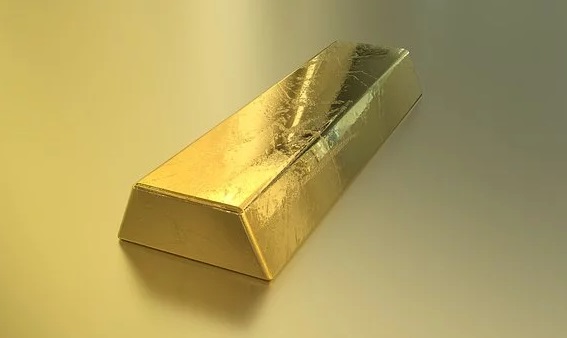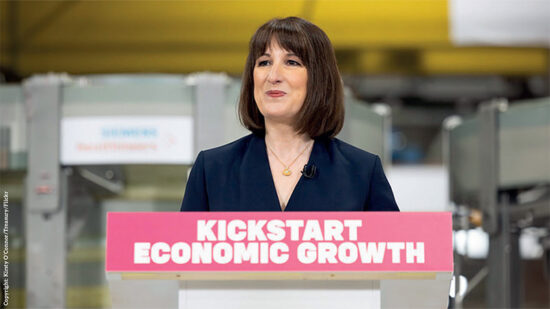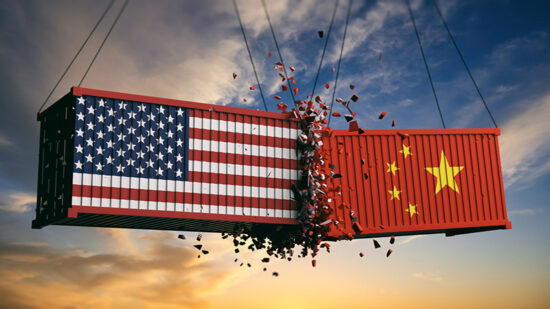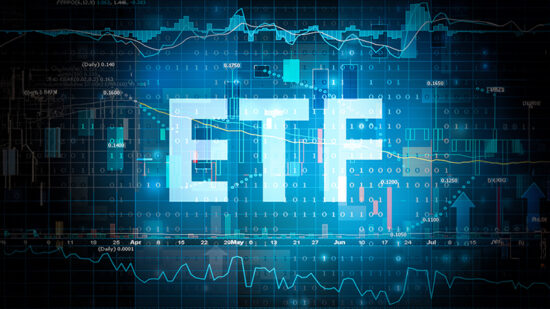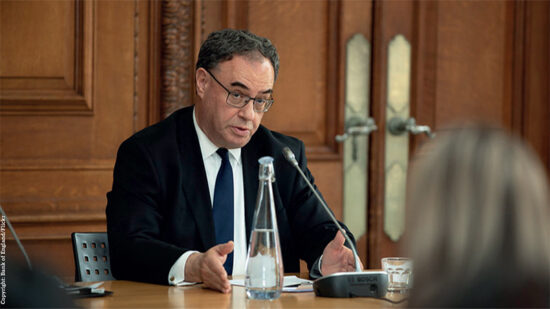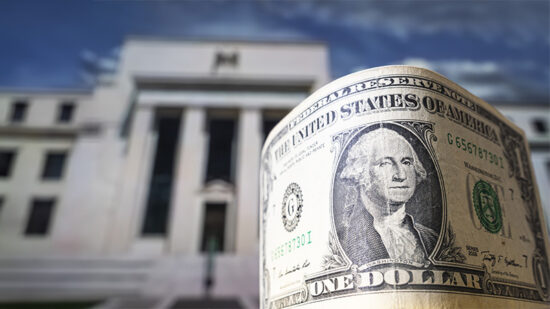Commentators are pointing to a range of indicators supporting substantial gold exposure at this stage in the cycle.
Ned Naylor-Leyland, manager of the Merian Gold & Silver Fund at Merian Global Investors said while both gold and silver continue to trade mostly on real yield dynamics, some investors reacted to the escalating tension by buying these traditional safe-haven instruments.
“If the situation should worsen, and that leads to an acceptance of further loose monetary and fiscal policy in the US, we would expect a falling US dollar real yield environment, giving renewed, and sustainable, impetus to monetary metals prices.
“The rising US$ gold price is therefore more a reflection of the possibility of lower real yields than a rising ‘war risk’. The bond market perceives a greater risk of rising core inflation and of increased central bank balance sheet expansion due to this worrying situation and that is the primary driver of monetary metals prices.”
He added that institutional investors appear to be, once again, considering an allocation to gold as the highs of Q3 2019 are breached.
“Institutional allocations are at their lowest, relative to historic levels which means that we are potentially on the cusp of an ongoing flood of liquidity from the global long-only alternatives bucket towards monetary insurance vehicles.
“Gold, of course, is already the “zero-risk” instrument of choice for central banks, the super-rich and the Asian public. We believe that 2020 could be the year that the wider investment world returns to monetary ground zero in a major way.”
Expansion of central bank balance sheets
In his market outlook for Q1, Glenn Coxon, managing director of boutique Geneva-based investment house Harver Capital, points to the continued expansion in central bank balance sheets as a de-facto devaluation of fiat currencies versus the finite availability of gold.
“In addition, real yields (the expected yield from Government bonds in excess of inflation) remain very low at a time when inflation expectations are rising, and a weakening Dollar is also beneficial.
“Added to which the recent outperformance of emerging market equities is indicative of rising gold demand”, he said.
Royal Mint sees 572% sales uplift
While over at London’s Royal Mint, its chief commercial officer Nicola Howell said: “In reaction to the rising tensions between the US and Iran following last Friday’s airstrikes, gold has hit a six-and-a-half year high in US dollars as investors rush to buy into the safe haven asset.
“This trend correlates with our own data here at The Royal Mint, as our Bullion division experienced a 572% increase in sales revenue and a 416% increase in average order value over the weekend compared to the weekend before.”
Important to keep perspective
However Nicholas Hyatt, equity analyst at Hargreaves Lansdown said: “Anything that’s bad for global trade is bad for markets as a whole, but it’s important to put current events in perspective.
“While increased tension can negatively affect global trade, the US and Iran aren’t significant trading partners. If this remains a small, regional spat – the latest in a series of flashpoints in the region – the impact on investors will be minimal.
“The movement in gold is probably a sign that investors are worried that tensions may rise further, and that sentiment is an issue to consider.
“On a stock specific level there are some obvious winners – notably oil and gas producers with no exposure to the Gulf such as the US frackers – and obvious losers – those oil and gas groups with significant gulf assets, most notably Aramco.”


